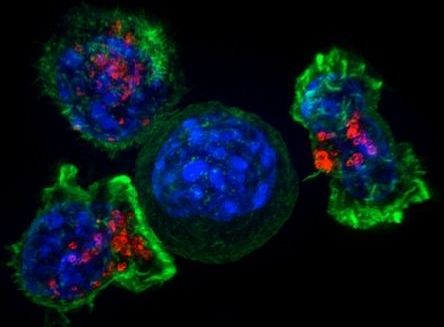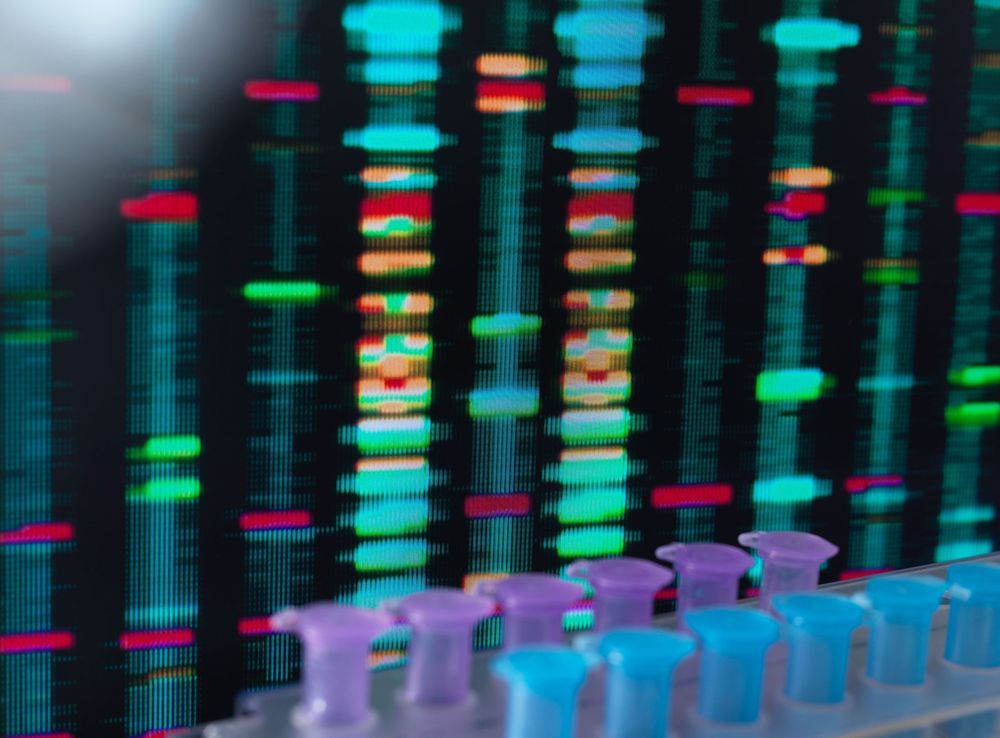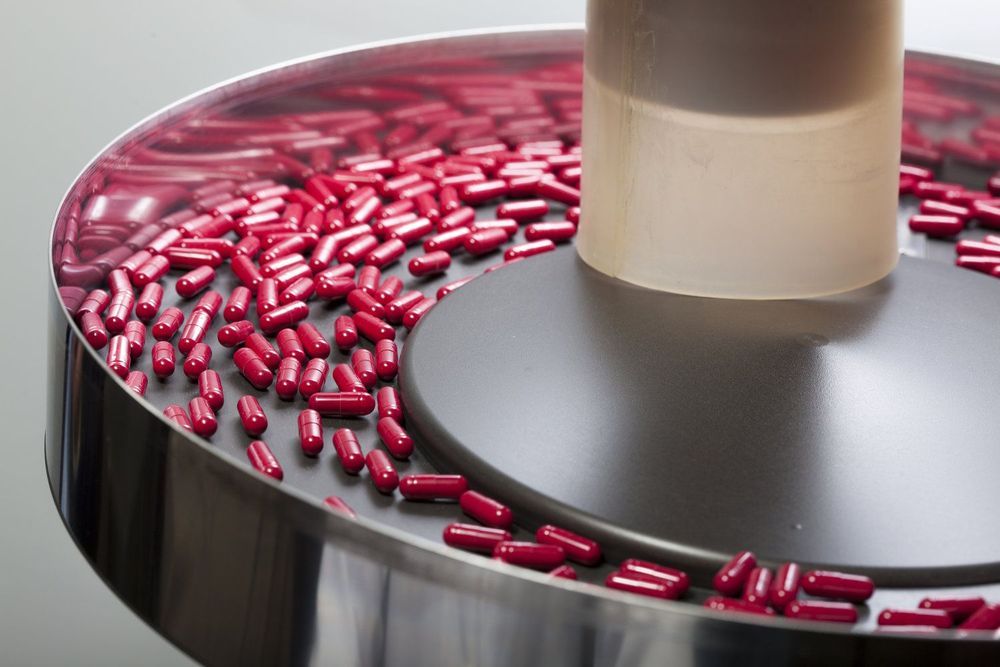Page 9013
Mar 14, 2019
Why Fermilab is Making A Neutrino Detector 800 Miles Long
Posted by Quinn Sena in category: particle physics
Mar 14, 2019
Scientists Have “Reversed Time” Inside A Quantum Computer, And The Implications Are Huge
Posted by Quinn Sena in categories: computing, quantum physics
Time: it’s constantly running out and we never have enough of it. Some say it’s an illusion, some say it flies like an arrow. Well, this arrow of time is a big headache in physics. Why does time have a particular direction? And can such a direction be reversed?
A new study, published in Scientific Reports, is providing an important point of discussion on the subject. An international team of researchers has constructed a time-reversal program on a quantum computer, in an experiment that has huge implications for our understanding of quantum computing. Their approach also revealed something rather important: the time-reversal operation is so complex that it is extremely improbable, maybe impossible, for it to happen spontaneously in nature.
As far as laws of physics go, in many cases, there’s nothing to stop us going forward and backward in time. In certain quantum systems it is possible to create a time-reversal operation. Here, the team crafted a thought experiment based on a realistic scenario.
Mar 14, 2019
Mammoth Biosciences adds the final piece of the CRISPR diagnostics puzzle to its toolkit
Posted by Genevieve Klien in categories: biotech/medical, genetics
With the announcement today that Mammoth Biosciences has received the exclusive license from the University of California, Berkeley to the new CRISPR protein Cas14, the company now has the last piece of its diagnostics toolkit in place.
Cas14 is a newly discovered protein from the lab of Jennifer Doudna, a pioneer in gene-editing research and a member of the first research team to identify and unlock the power of CRISPR technology.
Doudna and Mammoth Biosciences co-founder Lucas Harrington were part of the team of researchers to identify the new Cas14 protein, which can identify single-stranded DNA. The journal Science published their findings in October 2018.
Mar 14, 2019
33 blood-cancer patients have dramatic clinical remission with new T-cell therapy
Posted by Quinn Sena in categories: biotech/medical, genetics

Chinese doctors have reported success with a new type of immunotherapy for multiple myeloma, a blood cancer: 33 out of 35 patients in a clinical trial had clinical remission within two months.
The researchers used a type of T cell called “chimeric antigen receptor (CAR) T.” In a phase I clinical trial in China, the patient’s own T cells were collected, genetically reprogrammed in a lab, and injected back into the patient. The reprogramming involved inserting an artificially designed gene into the T-cell genome, which helped the genetically reprogrammed cells find and destroy cancer cells throughout the body.
Mar 14, 2019
Firefighters are warning that lives could be at risk in New York’s $25 billion megadevelopment
Posted by Genevieve Klien in category: futurism
- New York City firefighters are worried they don’t have enough capacity to serve Hudson Yards, a $25 billion, 18-million-square-foot megadevelopment that opens Friday.
- By 2024, when the development is scheduled to be complete, it could have more than 125,000 daily residents, visitors, and office workers.
- Unless the city builds a new fire station in the neighborhood, these lives could be at stake, the president of New York’s firefighters union told Business Insider.
New York’s largest private real-estate development, the 18-million-square-foot Hudson Yards, can expect a flood of locals, tourists, and office workers at its grand opening on Friday.
For the first time, members of the public will be able to climb aboard Vessel, a 150-foot-tall honeycomb-shaped art installation in the public square; dine at the complex’s high-end restaurants, including Momofuku and D&D London; and browse its luxury retail stores.
Mar 14, 2019
Liz Parrish Wants to Live Forever
Posted by Paul Battista in categories: biotech/medical, life extension
In 2015, in a secret medical procedure carried out in Bogota, Colombia, the 44-year-old woman got dozens of experimental gene-therapy injections. Why? Because Parrish, the creator of a longevity company called BioViva, believes that science is on the cusp of delivering radically longer lifespans—and she wants to help bring on the revolution.
Mar 14, 2019
Senescent Cells in Bone Marrow Contribute to Immunosenescence
Posted by Steve Hill in categories: biotech/medical, life extension
Today, we want to point out a new study suggesting that senescent cells in bone marrow cell populations contribute to the decline of the hematopoietic system, particularly the hematopoietic stem and progenitor cells (HSPCs) that live in the bone marrow and produce our blood cells [1].
The hematopoietic system and immunosenescence
The hematopoietic system is the system of organs and tissues, including the bone marrow, spleen, thymus and lymph nodes, involved in the creation of cellular blood components.
Continue reading “Senescent Cells in Bone Marrow Contribute to Immunosenescence” »
Mar 14, 2019
Kiwano rolls out updated self-balancing monowheel electric scooter
Posted by Genevieve Klien in category: transportation

When launched in 2017, the KO1 monowheel scooter – a kind of cross between a Segway and a Solowheel – offered a range of 20 miles and a top speed of 20 mph. The KO1+ has a very similar look to the original, but is quite a different animal.
Mar 14, 2019
Inactive Ingredients in Drugs May Be Less Inactive Than You Think
Posted by Xavier Rosseel in categories: biotech/medical, food
Egg protein, gelatin etc, ha. I can imagine loads of curling toes among vegetarians vegans and investors alike…ranging from pure horror to utter excitement…yay vegan and gluten free pills… a hole in the market.
The medicines you take contain a soup of active and inactive ingredients.
Active ingredients are the ones that provide a therapeutic benefit, while inactive ingredients are just that — inactive — meaning they don’t react in the body and are instead there to enhance the properties of the medication itself, such as its taste, appearance and ability to be absorbed by the body. [7 Bizarre Drug Side Effects]
Continue reading “Inactive Ingredients in Drugs May Be Less Inactive Than You Think” »
















